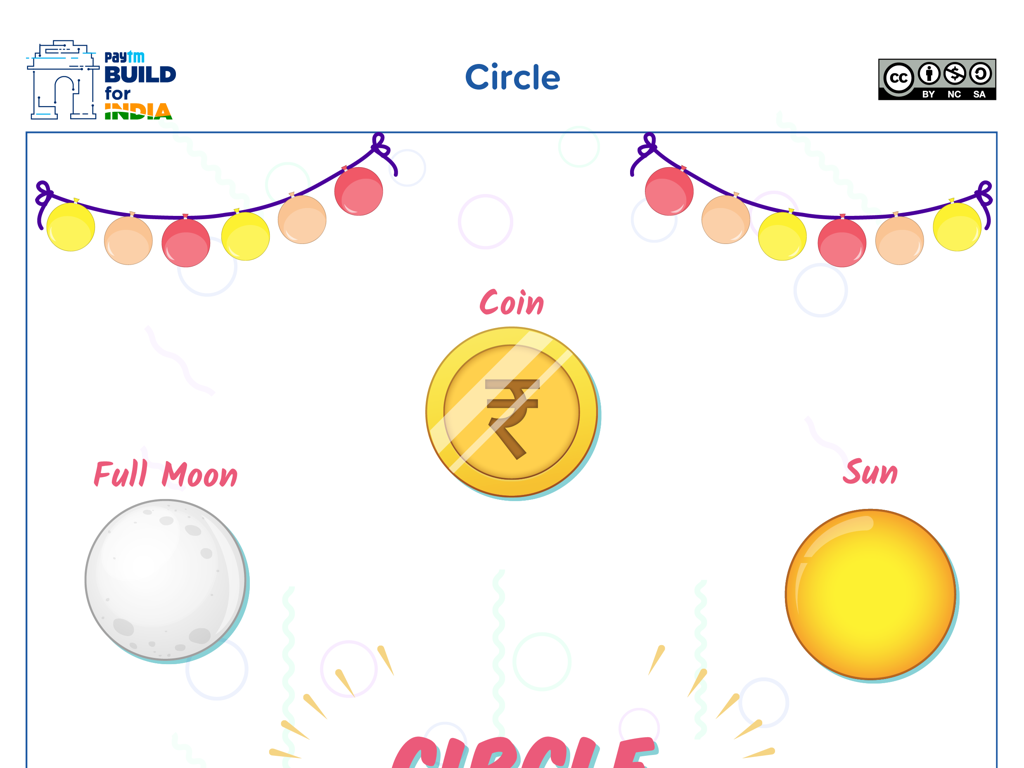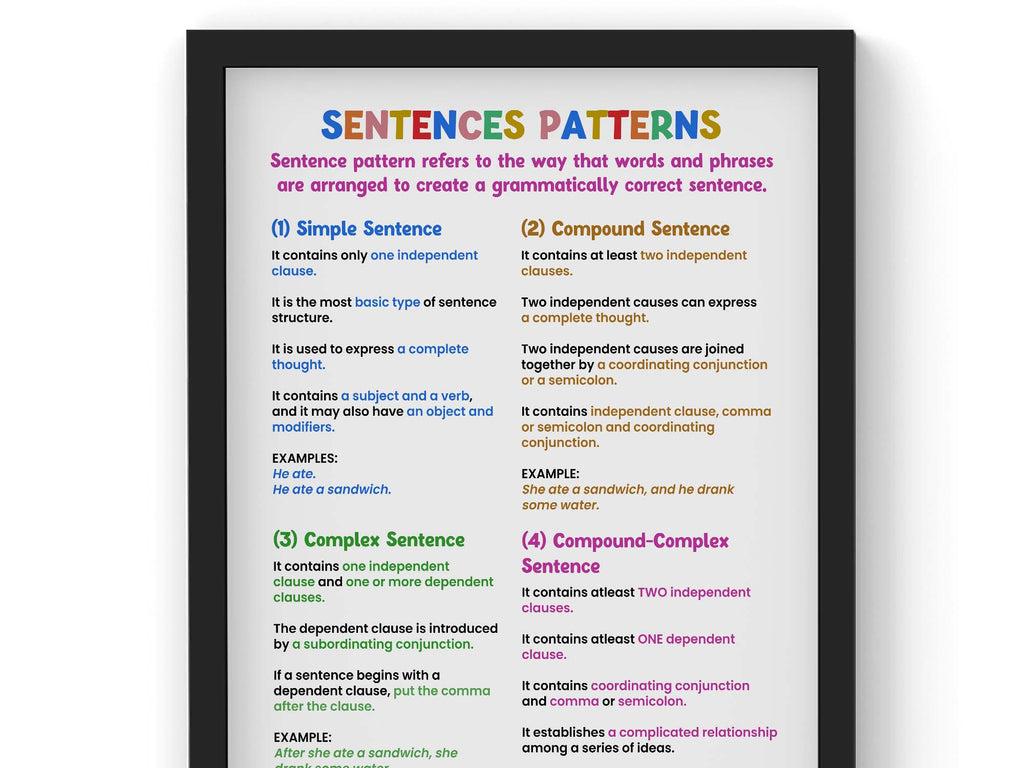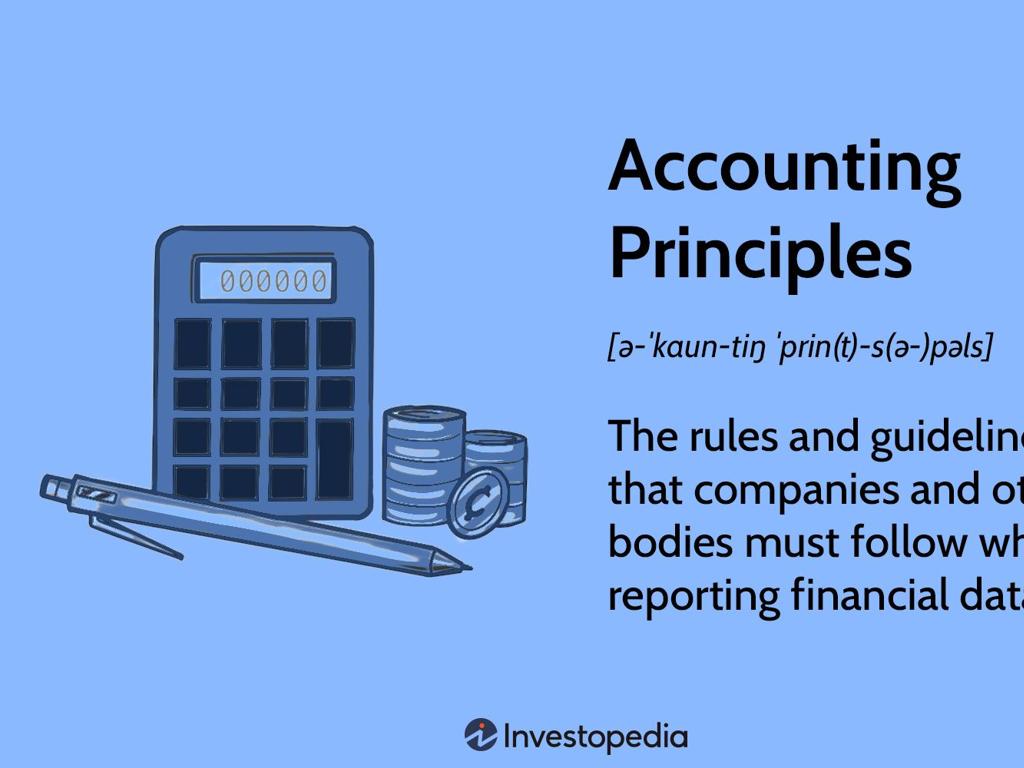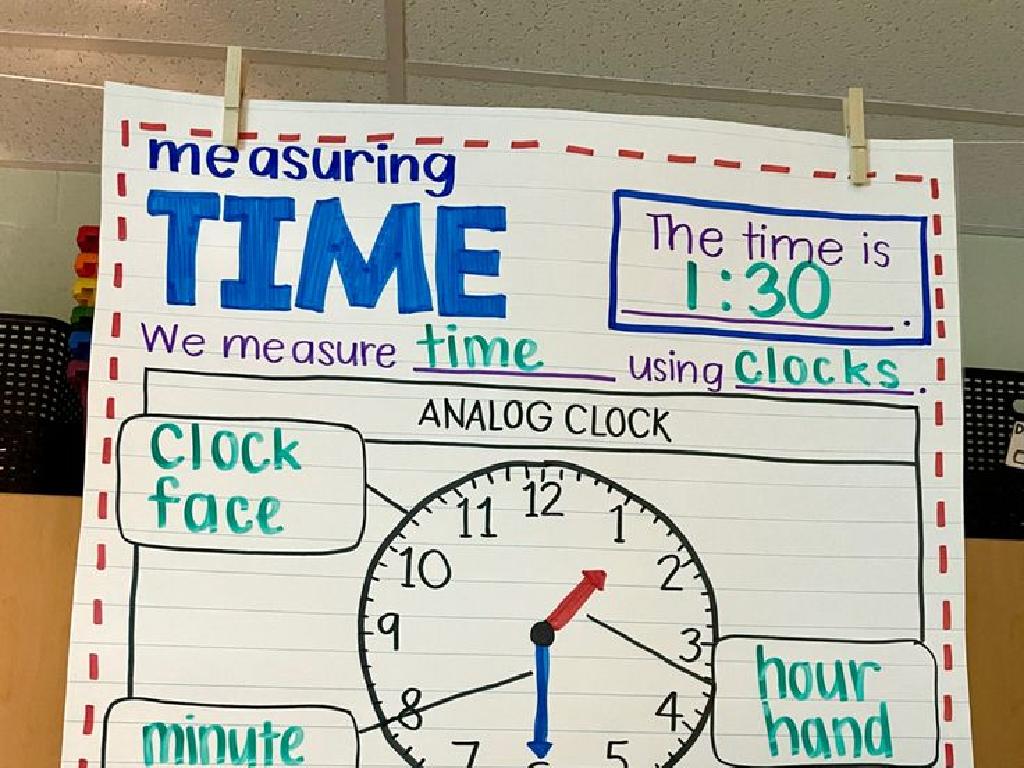Estimate Products Of Whole Numbers And Decimals
Subject: Math
Grade: Fifth grade
Topic: Multiply Decimals By Whole Numbers
Please LOG IN to download the presentation. Access is available to registered users only.
View More Content
Introduction to Multiplying Decimals
– Understand decimals and whole numbers
– Decimals represent parts of a whole, like 0.5 is half
– Importance of decimal multiplication
– Helps in accurate calculations in various fields
– Real-life decimal applications
– Used in money calculations, measurements, and statistics
– Practice with examples
|
This slide introduces the concept of multiplying decimals by whole numbers. Begin by explaining what decimals are and how they relate to whole numbers, ensuring students grasp that decimals are fractions of a whole. Emphasize the importance of learning to multiply decimals for accurate calculations in everyday life, such as dealing with money, cooking measurements, and understanding statistics. Provide real-life scenarios where decimal multiplication is essential. Encourage students to think of situations where they have encountered decimals. Conclude with a few simple examples to practice, such as multiplying prices by quantities to calculate total costs, which will be covered in more detail in subsequent slides.
Review of Multiplication
– Recap multiplication facts
– Quick review of times tables up to 10×10
– Refresh whole number multiplication
– Multiply numbers like 25 x 4
– Understand place value role
– Place value determines the position of digits
– Practice with examples
|
This slide is aimed at refreshing students’ memory on the basics of multiplication before delving into multiplying decimals by whole numbers. Start by quickly going over the multiplication facts, which are the building blocks for more complex multiplication. Then, revisit how to multiply whole numbers, ensuring that students are comfortable with the process. Emphasize the importance of place value in multiplication, as it affects the position of digits in the final product. Provide examples for each point to solidify understanding, such as 25 x 4, and explain how each digit’s place value contributes to the answer. Encourage students to solve a few problems to practice these concepts.
Understanding Estimation
– What is estimation?
– Estimation is finding a number close to the exact amount.
– When and why use estimation?
– Use estimation to check math work or when an exact number isn’t needed.
– Estimation in daily life
– Estimating costs while shopping or time needed for chores.
– Practice estimation skills
|
This slide introduces the concept of estimation, which is a critical skill in mathematics and everyday life. Estimation allows students to find a number that is close enough to the exact amount without needing to calculate the precise value. It’s particularly useful for verifying the results of mathematical operations or in situations where an exact figure is unnecessary or impractical. Provide examples such as estimating the total cost of items in a shopping cart to stay within a budget or gauging the time required to complete homework. Encourage students to think of times they have used estimation outside of school and discuss the benefits of this skill. To reinforce learning, engage the class in activities where they practice estimating products of whole numbers and decimals.
Estimating Products of Decimals and Whole Numbers
– Learn to estimate a product
– Estimation helps predict the product of numbers quickly.
– Round numbers for easy estimation
– Round decimals to nearest whole or tenths for simpler multiplication.
– Compare estimates with exact products
– Understand how close an estimate is to the actual answer.
– Practice estimation with examples
– Use sample problems to apply rounding and estimating skills.
|
This slide introduces the concept of estimation in multiplication, which is a valuable skill for making quick and reasonable predictions about the result of multiplying decimals by whole numbers. Start by explaining the importance of estimation and how it can be used in everyday situations. Teach students how to round numbers to the nearest whole number or to the tenths place to simplify the multiplication process. Then, discuss the importance of comparing the estimated product to the exact product to understand the accuracy of their estimation. Provide practice problems for students to apply what they’ve learned by rounding numbers and estimating products, reinforcing the concept through repetition and variation.
Multiplying Decimals by Whole Numbers
– Understand the multiplication process
– Learn to track the decimal point
– Decimal point placement is crucial for the correct answer
– Example: 0.5 x 4
– 0.5 x 4 equals 2.0. The decimal point stays in place, just like in whole numbers
– Practice with similar problems
– Try multiplying 0.7 by 3, or 0.25 by 6 for more practice
|
This slide introduces the concept of multiplying decimals by whole numbers. Start by explaining the standard multiplication process and then focus on the importance of correctly placing the decimal point in the product. Use the example of multiplying 0.5 by 4 to show that the process is similar to whole number multiplication, with the key difference being the placement of the decimal point. Encourage students to practice with additional problems to reinforce the concept and build confidence. Provide guidance on how to approach these problems and ensure understanding by working through several examples as a class.
Estimating Decimal Products
– Use estimation for decimal products
– Example: 3.2 x 6 estimation
– Round 3.2 to 3 and multiply by 6 to estimate
– Practice: Estimate 4.87 x 7
– Round 4.87 to 5 and multiply by 7 to estimate
– Why estimation is useful
– Helps check if our exact calculations are reasonable
|
This slide introduces the concept of estimation in the context of multiplying decimals by whole numbers. Start by explaining why estimation is a valuable skill, particularly for checking the reasonableness of answers. Use the example of 3.2 and 6 to show how rounding the decimal to a whole number simplifies the multiplication. For the practice problem, guide students to round 4.87 to the nearest whole number before multiplying by 7. Emphasize that estimation helps us quickly predict and verify the results of our calculations, ensuring they are within a reasonable range. Encourage students to share their estimation strategies and discuss the importance of this skill in everyday math.
Class Activity: Estimation Relay
– Form groups for estimation relay
– Solve estimation problems together
– Use rounding to estimate product of decimals and whole numbers
– Share your group’s estimates
– Each group explains their estimation process
– Discuss estimate accuracy
– Compare estimates with actual products and discuss any variances
|
This interactive class activity is designed to help students practice estimating the product of whole numbers and decimals. Divide the class into small groups and provide each with a set of estimation problems involving multiplication of decimals by whole numbers. Encourage students to use rounding to make estimation easier. After solving the problems, each group will share their estimates with the class. Then, reveal the actual products and discuss how close the estimates were, emphasizing the usefulness of estimation in everyday situations. Possible activities: 1) Estimating costs of items in a grocery store, 2) Estimating total distance traveled in a week, 3) Estimating time needed to complete chores, 4) Estimating the number of items that can fit in a given space.
Wrapping Up: Estimation Mastery
– Review of estimation techniques
– Practice makes perfect
– Regular practice is key to mastering estimation skills
– Homework: Decimal estimation worksheet
– Complete the provided worksheet to practice estimating products of decimals and whole numbers
– Keep practicing at home!
|
As we conclude today’s lesson on estimating products of whole numbers and decimals, it’s crucial to emphasize the importance of practice. The techniques learned today, such as rounding decimals and multiplying, become more intuitive with regular use. For homework, students are assigned a worksheet that includes a variety of problems to reinforce their estimation skills. Encourage students to try estimating in real-life situations as well, such as while shopping or cooking, to see the practical applications of what they’ve learned. The next class will begin with a discussion of the homework, allowing students to share their approaches and clarify any misunderstandings.





